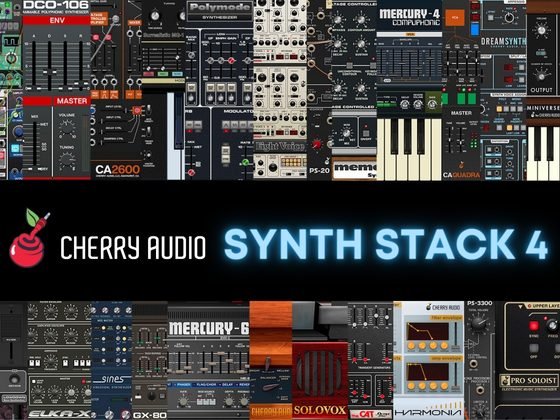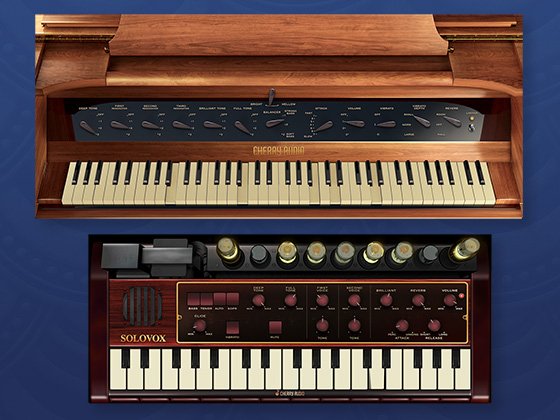Manufacturer: Benard
$20.00
This sequencer extends the idea of the Random Change module to give you independent settings for each step of a sequence. You can use it to make sequences where you can control the specific random deviation per step, allowing you to have, for example, a lot of change on some notes, while others stay the same, or rarely vary.
At each step you can randomly change an incoming CV signal, usually coming from another sequencer. Every time a trigger is received via the trigger input (Tr In), a step will advance and the module will first choose whether the output will change or not, according to a random value produced and the value of the probability knob (the higher the knob value the more likely change will take place). If the value is changed, the range of possible change will be determined by the range knob, and a random voltage within this range will be added to the input signal and sent to the output at the bottom right.
The polarity switch determines if the range is positive (0 to 5V), negative (0 to -5V) or bipolar (-5 to 5V). There is a CV input to control this switch, and values below -1.667 will set it to negative, above 1.667 will set it to positive, and values in between will set it to bipolar.
The bypass toggle lets you bypass the changes completely, and it can also be activated by CV using the trigger input to its right.
The change trigger output (Chg Tr) will send a trigger every time a change takes places, which you can use to trigger other events. This also allows you to use the module as a Bernoulli gate if desired.
The buttons and trigger inputs on the left allow you to easily set the values of all the respective knobs at once to a random value, zero, full range, or half the range.
You can use this module to produce variety and controlled randomness in sequences and melodies, and to generate all kinds of changes and complex behavior over time in a patch.



























































